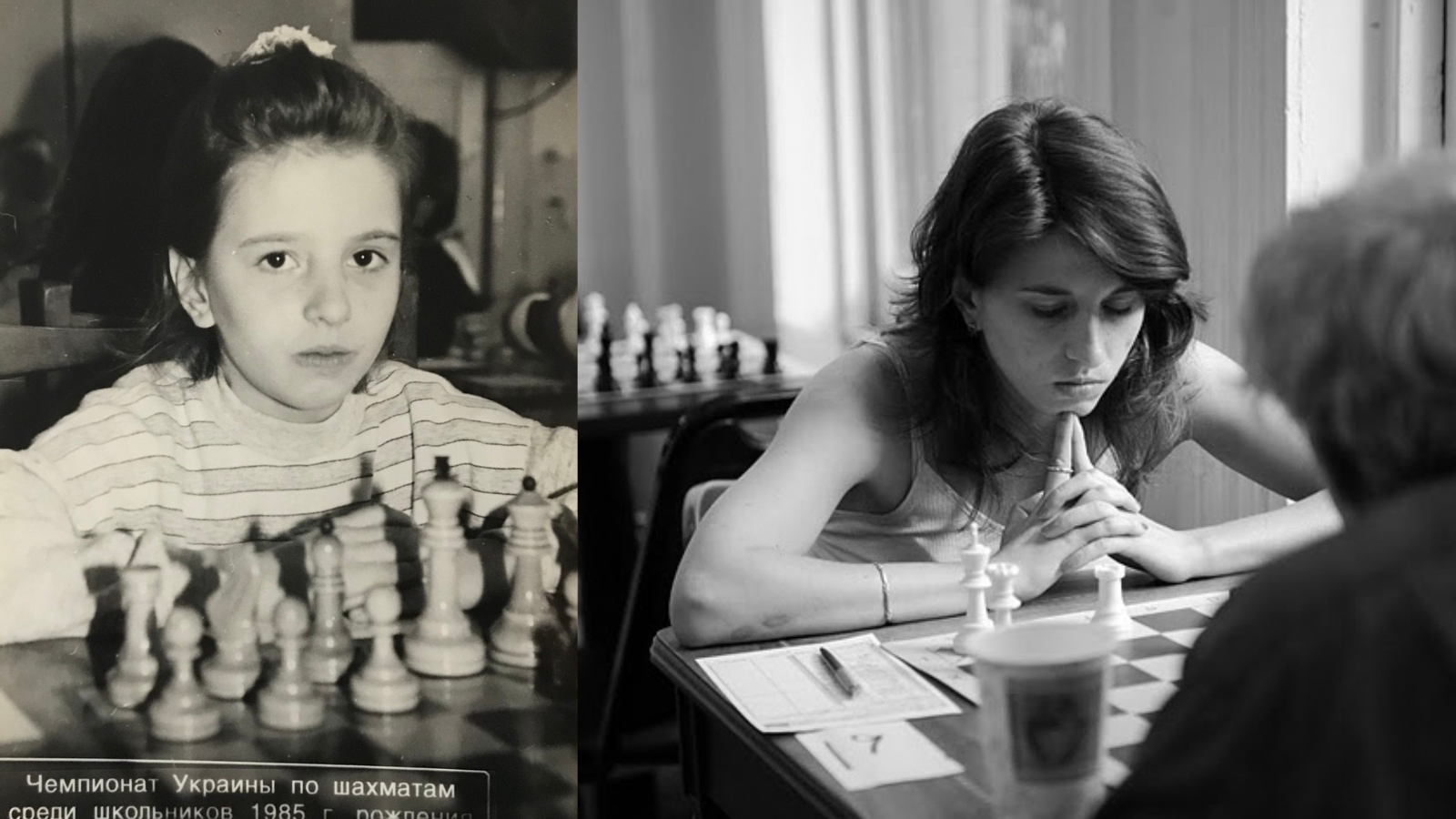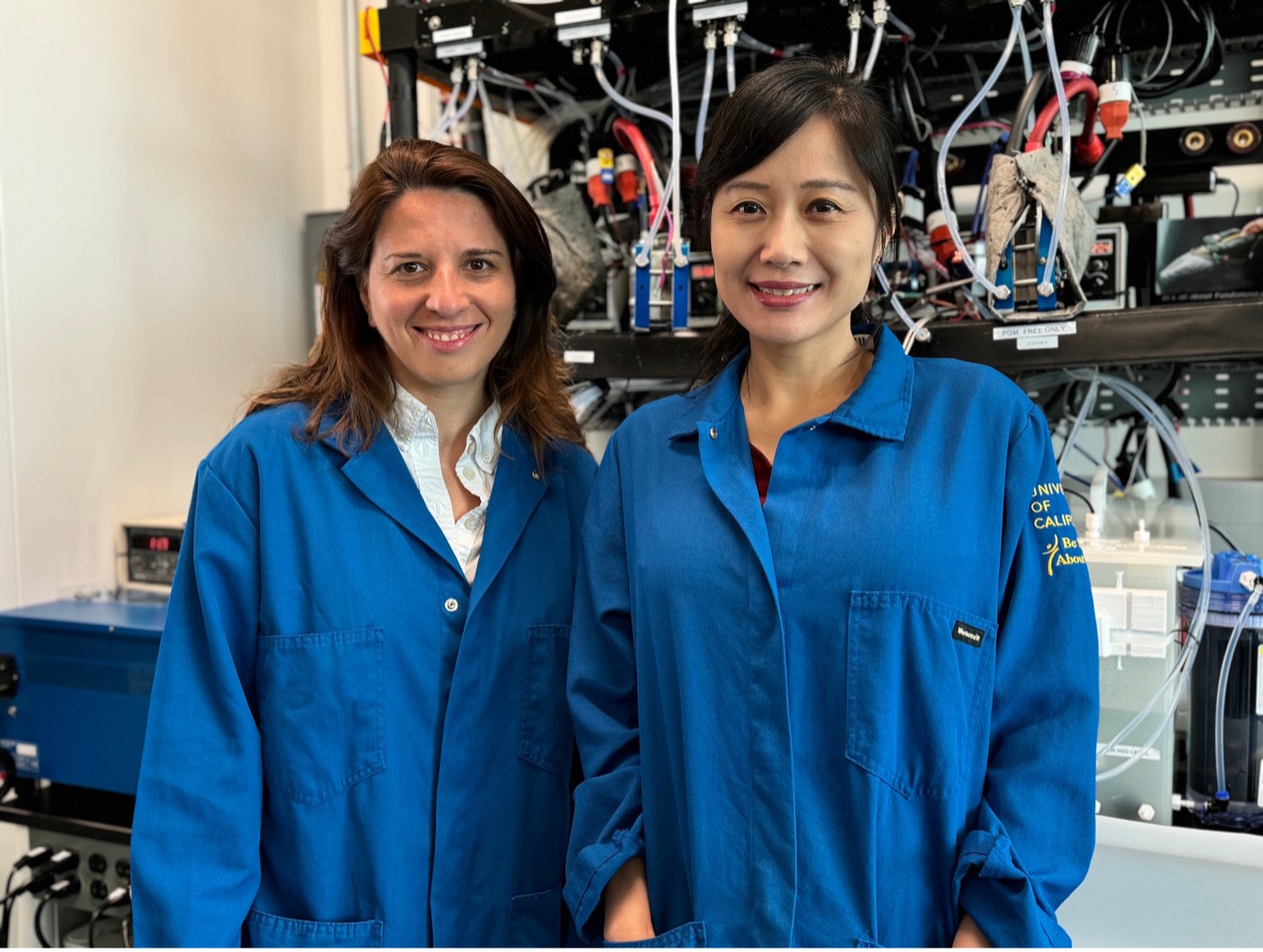
The Lab Beat
Nov. 5, 2025 – UC Irvine National Fuel Cell Research Center (NFCRC) Director Iryna Zenyuk was destined to use her mind for great things. In Ukraine, where chess is a national pastime, her grandfather taught her to play when she was 5. By age 7, she was competing in national tournaments. When she was doing graduate studies in engineering at Carnegie Mellon University, she ranked in the top 4 in the U.S.
She took a year off from academia to play chess professionally. At the First World Mind Sports Games in Beijing shortly after the 2008 Olympics, she witnessed smog so shockingly thick it would change her life. “I couldn’t see a few feet away. I’d never seen anything like that,” Zenyuk said. Reading “Hot, Flat, and Crowded: Why We Need a Green Revolution – And How It Can Renew America” by Thomas Friedman lit the path she would take.
Zenyuk decided to quit her chess career and focus on hydrogen research for clean energy. She now is working with colleagues at UCI and UCLA to usher in hydrogen fuel cell buses for transportation at the 2028 Los Angeles Olympics. “It feels full circle – seeing all the pollution after the Beijing Olympics and now being able to impact the technology at the LA Olympics,” she said.
Her UCI lab focuses on producing clean hydrogen through electrolysis. She is working on enabling hydrogen to power trucks, ships, planes and AI servers. Zenyuk, a UCI professor of chemical and biomolecular engineering, also partnered with UCI civil engineering professor Mo Li to electrify the production of calcium oxide, a key ingredient in cement. They want to use their technology to help decarbonize the cement industry.

“The cement industry uses a 1600 degrees Celsius process to convert calcium carbonate to calcium oxide,” she said. “We do it at room temperature.” That safer low temperature process would eliminate the need to burn fossil fuels and reduce the carbon emissions of one of the world’s biggest polluters. Cement companies are already inquiring about how to use their technology.
For Zenyuk, exciting innovation emerges at the intersection of disciplines. “Ideas are born at the fringes of fields that are coming together,” she explained. “When we look at the same thing from different perspectives – such as materials and chemistry – and find common ground, that’s where real elevation happens.”
- Natalie Tso
(Listen to a 3-minute podcast about Iryna Zenyuk and her lab on The Lab Beat.)
